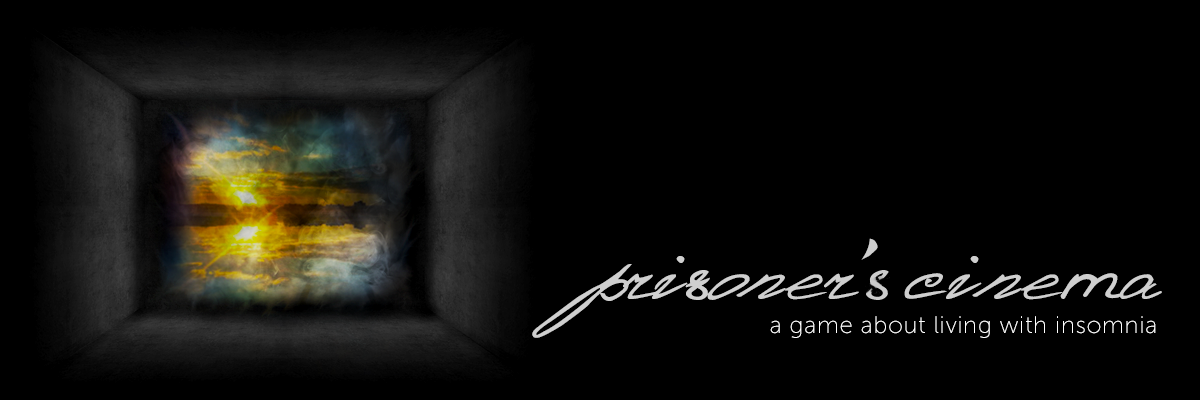Newsletter 5
This week was dominated by preparing for, surviving, and digesting Quarters walk-arounds, which are, for readers unfamiliar with the Entertainment Technology Center and its project-semester rigors, involves the entirety of the faculty visiting, in pairs, each team’s room in 15-minute intervals and deploying whatever feedback is possible based on each team’s independent offerings. As a process, it’s not altogether dissimilar from the hazing rite for collegiates who wish to be granted acceptance into a fraternity or sorority, or the initiation rituals of Freemason-esque secret societies, but rather than enduring a gauntlet of physical harm and psychological humiliation, each ETC team must withstand a cross-examination from an ever-rotating panel of assessors. The insight the faculty receives from this ceremony will color their perceptions and expectations of each project for the remainder of the semester, and we students are granted a barrage of raw perspective, some transformative, some provocative, and some outright bizarre. For all involved it is an ordeal, but one that is warranted.
On our part, toward the close of our second sprint, we decided, in collaboration with Dave, to strive for an ambitious showing at Quarters and assemble a playable prototype of our game featuring a quest, the foundation of our key environment (with a few somewhat-final textures implemented), rudimentary versions of our exploration and conversations systems, fully voiced and branching dialogue, insomnia visual effects, ambient sound effects, and a detailed soundscape. By utilizing the developmental infrastructure we’d been instituting from the second week of the semester, and by augmenting and finalizing it in targeted areas (such as in our modeling and sound pipelines), we were able to conceptualize, plan, and execute this prototype within approximately five days, which was a massive (and massively encouraging) win for the team.
Due to the fact that we weren’t able to spend much time conceptualizing, planning, and executing the prototype, however, the Quarters response we received was both disconcerting and enlightening. For instance, because of the freshness of the prototype’s completion in comparison to when we showed it (i.e. about an hour), it occurred to none of us that, messaging-wise, we were exhibiting what appeared to be a relationship simulator as opposed to a game about life with insomnia, as a branching (and heated) conversation between our protagonist and his fiancee comprised the nucleus of our offering, and the relationship between how the protagonist’s insomnia could influence this conversation–or any conversation in our ultimate product–was unfortunately underrepresented. Similarly, because the relationship-dynamics were unintentionally at the forefront of our prototype, we received a surfeit of commentary concerning gender issues, and how responsible we’ll have to be when dealing with subjects like domesticity, and how to best avoid portraying men or women in lights which reinforce negative cultural stereotypes. The faculty also asserted that it’s crucial that we devise a protagonist who is, chiefly, sympathetic, so that when the player is forced to behave in abjectly disagreeable ways due to the character’s insomnia, he or she will not outrightly, viscerally loathe the digital skin in which we’ve enveloped them, but will instead be compelled to understand distasteful actions when they occur in-game.
In the days following Quarters, we convened to determine how to best respond to the most pertinent of Quarters-raised concerns, and to plan for our next sprint. There was some confusion amid our viewership as to whether the prototype was the beginning of our game or whether it was a moment out of context, and it was very much the latter, so we’re now developing the introductory coda of our project, which will introduce our central characters, depict them at their happiest, and inaugurate players to the core systems of the experience. Over the next two weeks, we hope to fashion the emotional heart of our game, and to instill in players the desire to care about our characters.
